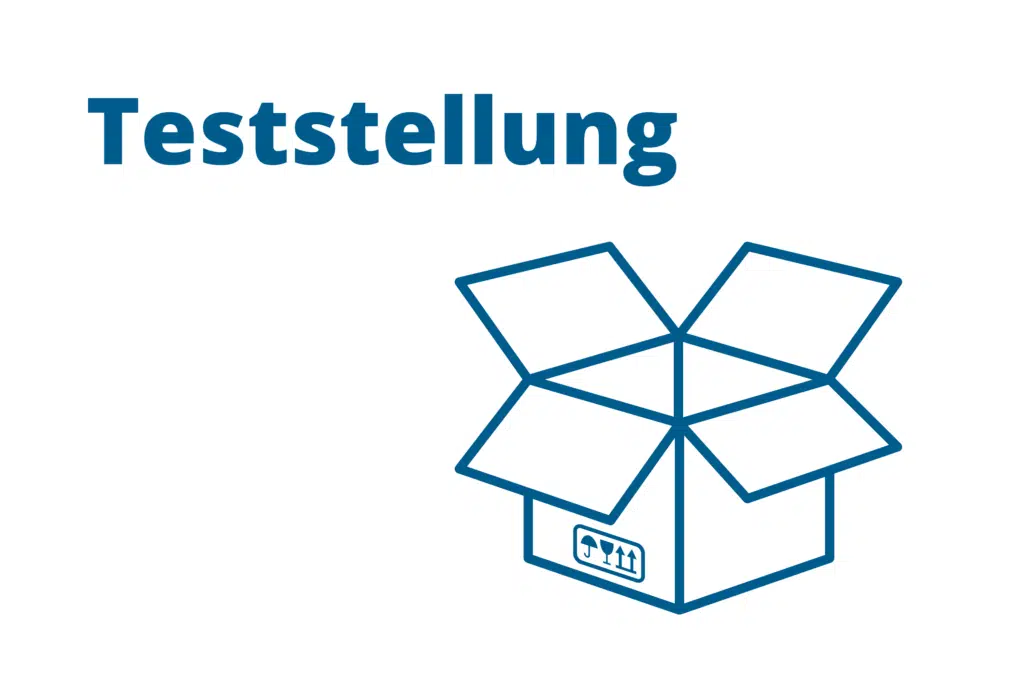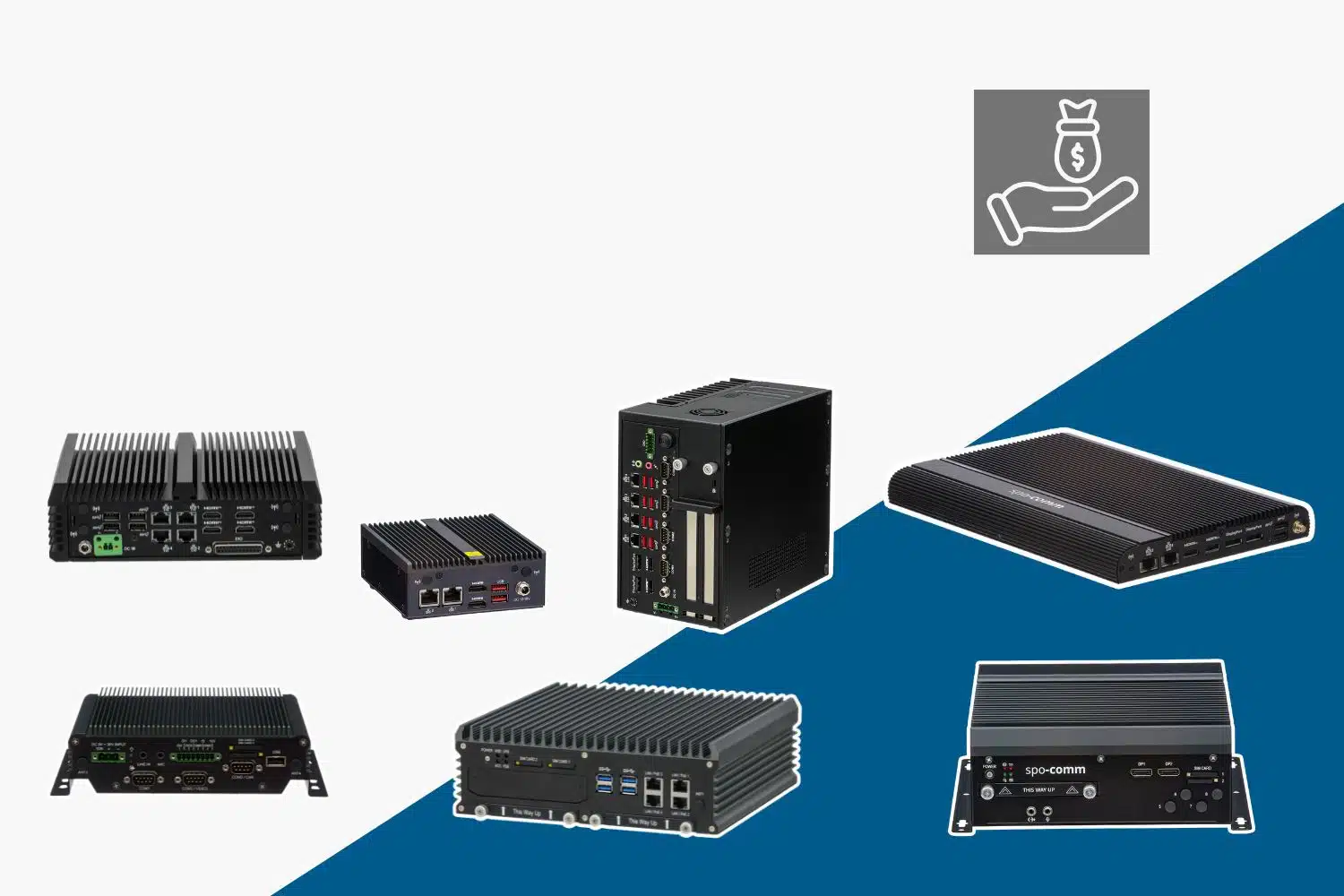05.11.2015

This gives you the opportunity to test your desired system in detail under the planned operating conditions. And it's very easy to do online in three steps:
During the test period, we will be at your side with help and advice. You can find the other general conditions here.

Our industrial tablets are super flexible and robust. Robust explains itself thanks to the protectio...

Whether on the construction site, in production or in a vehicle - industrial tablets must be one thi...

Rising procurement costs and ongoing shortages of processors and memory are currently posing challen...
You need to load content from reCAPTCHA to submit the form. Please note that doing so will share data with third-party providers.
More Information